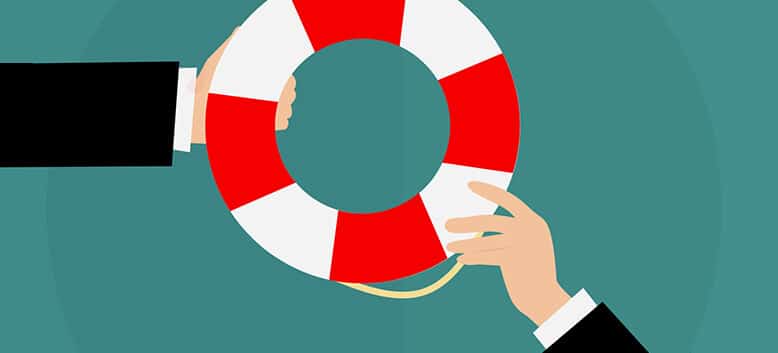Understanding exposure limits is key to a safe and healthy work environment. It is known that welding fumes are the source of many health risks, including known carcinogens. To help keep workers safe, organizations have established limits on worker exposure to these dangerous fumes. In this article, we’ll be exploring the different standards set by different organizations in the US, Canada, and the UK.
Different organizations refer to exposure limits differently, for your convenience, we’re providing those definitions here:
Permissible Exposure Limit (PEL) – The regulatory limit on the amount of concentration of a substance in the air. Typically based on an eight-hour time-weighted average. The Occupational Safety and Health Administration sets PEL standards.
Recommended Exposure Limit (REL) – The occupational exposure limit recommended by the National Institute for Occupational Safety and Health. This recommended limit is based on studies on exposure and harm to human health and is typically lower than OSHA PELs. As an example, the OSHA PEL for manganese is 5mg/m3. The NIOSH REL, by comparison, is 1 mg/m3.
Threshold Limit Value (TLV) – Refers to how much of a chemical substance a worker can be exposed to daily throughout their lifetime without any adverse effects. This term is reserved by the American Conference of Governmental Industrial Hygienists. ACGIH also bases its limits on studies identifying harm to human health.
Organizations and Resources
Below, you’ll find a list of key organizations and resources.
ACGIH – American Conference of Governmental Industrial Hygienists. This is a private, not-for-profit, and non-governmental organization. Their primary focus is on promoting health and safety within the workplace. ACGIH recommendations are on evidence of human health impact. As such, ACGIH guidelines are often lower than those set by OSHA. Industry-wide, ACGIH guidelines are considered best practices and maybe a consideration point when trying to attract and retain star talent.
COSHH – Control of Substances Hazardous to Health. This is a regulatory document from the UK which provides requirements for employers to protect employees from potential hazards.
NIOSH – National Institute for Occupational Safety and Health. This is a US federal agency that conducts research and makes recommendations for preventing work-related injuries and illnesses. From a health perspective, NIOSH recommended exposure limits are considered to be authoritative federal limits and are often used by OSHA and other organizations to set standards and regulations. As a final note, NIOSH guidelines are based on evidence of human harm – as such, they are typically lower than legally mandated exposure limits.
OSHA – Occupational Safety and Health Administration. Sets the federally accepted levels for exposure. The exposure limits by OSHA tend to be higher than those set by NIOSH and ACGIH, with the latter preferring lower exposure levels.
HSE – Health and Safety Executive. This is Britain’s national regulator for workplace health and safety. Their primary mandate is to prevent work-related injury, illness, and death.
*Most Canadian jurisdictions do not have an occupational exposure limit (OEL) for total welding fumes. Occupational exposure limits exist for the constituents of welding fumes. Many Canadian jurisdictions apply the ACGIH guidelines.
Welding Fumes
The accepted standard for exposure to welding fumes is an 8-hour time-weighted average of 5mg/m3 for welding fumes, measured as total particulate in the welder’s breathing zone. This standard was set by ACGIH and proposed by OSHA. If you’re unsure of how to measure this, we suggest getting in touch with a local industrial hygienist to help measure air quality.
Exposure limits are measured over time. Rather than measuring welding fumes in general, some organizations will measure specific particulates, such as manganese or hexavalent chromium.



Comments are closed.